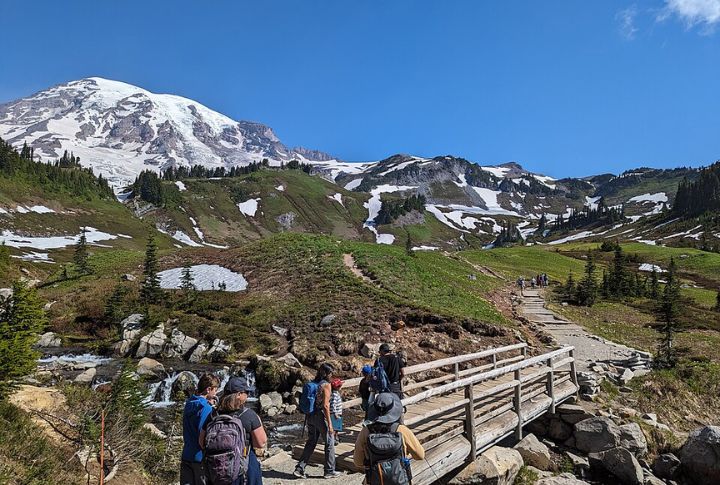
Bears don’t follow trail rules. They show up when they want, where they want. And some trails see them more than others. Rangers across the country have flagged the spots where bear activity is part of the terrain—sometimes even right on the path. So before you lace up your boots, see which scenic hikes are also bear hotspots.
Appalachian Trail, Great Smoky Mountains National Park

The quiet on this stretch of the Appalachian Trail can vanish in an instant as black bears move through like locals. The park harbors around 1,900 black bears. And between May and August, encounters spike. Rangers record an average of 339 negative human–bear incidents per year over the last ten years. Some even go unreported.
Grinnell Glacier Trail, Glacier National Park
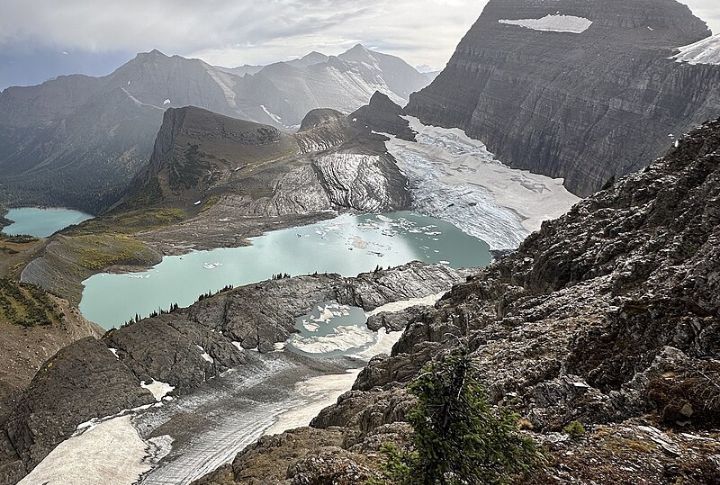
Hiking through Grinnell Glacier feels like stepping into wildlife’s living room. Glacier National Park is home to nearly 300 grizzly bears and 600 black bears. Just last spring, a hiker unexpectedly crossed paths with a grizzly sow and her cubs on the trail—an encounter that ended without injury but served as a reminder of how close these bears can get.
Mist Trail, Yosemite National Park

Mist Trail hikers know the hum beneath those crowds isn’t always just the falls. Yosemite is home to approximately 300–500 black bears, and 2024 brought 34 separate bear incidents. Some involve bears prying open unlatched lockers or rummaging through cars near trailheads.
Harding Icefield Trail, Kenai Fjords National Park
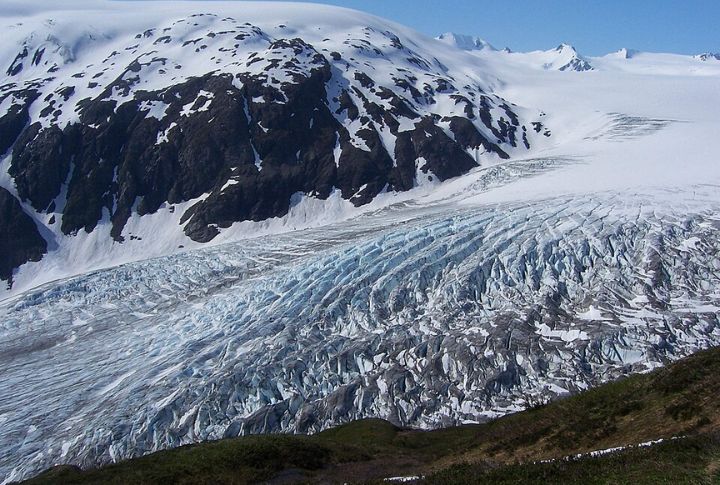
Black bears are commonly spotted along the Harding Icefield Trail, drawn to the dense salmonberry thickets that line much of the route. Both black and brown bears inhabit the area, making the 8.2-mile hike a prime spot for bear sightings throughout the season.
Avalanche Lake Trail, Glacier National Park
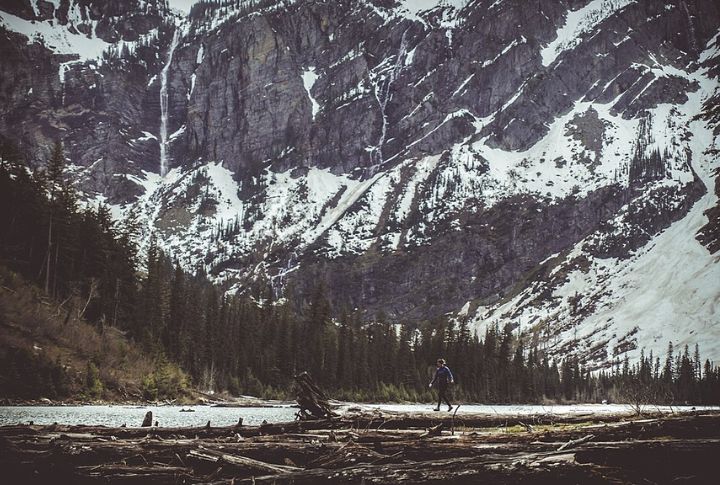
Bear encounters are almost expected in Glacier National Park, and the Avalanche Lake Trail is one of the hotspots. Here, both grizzly and black bears appear within arm’s reach, at times as close as ten feet. In 2017, a streak of six grizzly sightings close to the trail led rangers to close the area temporarily for public safety.
Exit Glacier Trail, Kenai Fjords National Park

There’s an energy on the Exit Glacier Trail that isn’t tied to its gentle incline. It comes from wildlife immersed in the scenery. Black bears are frequently spotted here, and brown bears often join, earning the trail the nickname “Bear Boulevard.” In past seasons, park officials noted multiple wildlife encounters.
Skyline Trail, Mount Rainier National Park
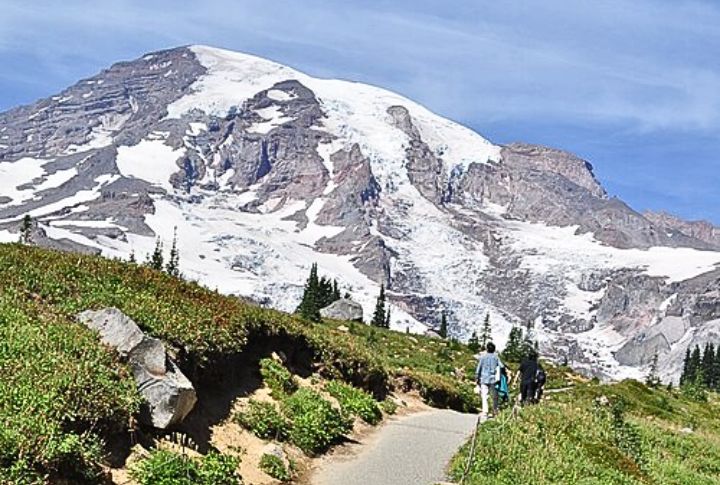
Black bears roam Mount Rainier’s Skyline Trail, often seen foraging near the path when berries ripen in late summer. Though attacks are rare, their presence is common enough to keep hikers alert. Only black bears live in the park, and their fur ranges from black to cinnamon.
Brooks Falls Trail, Katmai National Park
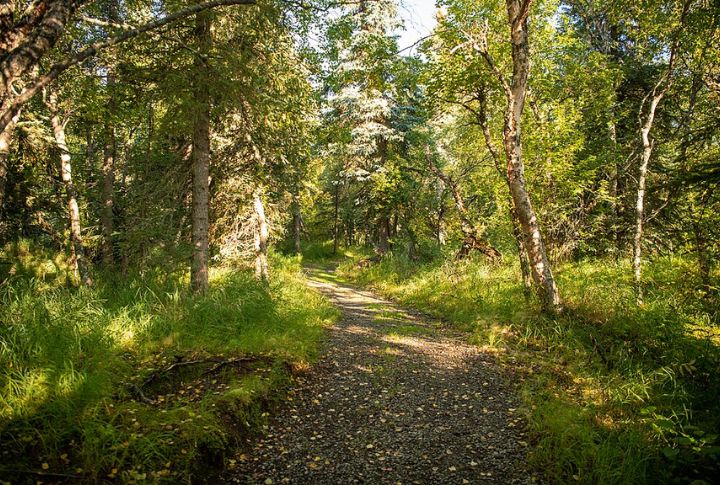
Brooks Falls is pure bear theater, where dozens of brown bears gather at once during July’s intense sockeye salmon run. Sometimes, as many as 25 bears at a time have been spotted. Katmai houses approximately 2,200 brown bears, supported by this rich feeding ground.
Slough Creek Trail, Yellowstone National Park

Grizzlies and black bears inhabit this corridor, and aggressive encounters have been documented nearly every year. Rangers now monitor the area on horseback for a reason. Hiking parties of three or more are strongly encouraged to reduce risk, and closures may be implemented in seasons of heightened bear activity.
Chilkoot Trail, Klondike Gold Rush National Historical Park
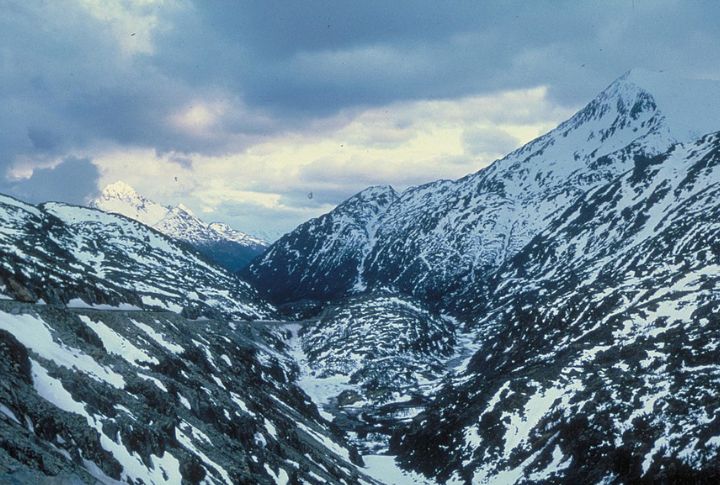
The Chilkoot Trail may tell stories of stampeders and hardship, but today’s hikers face a different challenge. During salmon runs, bears flood the area, often raiding camps or making off with entire packs. It’s become so common that rangers call it “Bear Bootcamp,” where the prep is practical.

